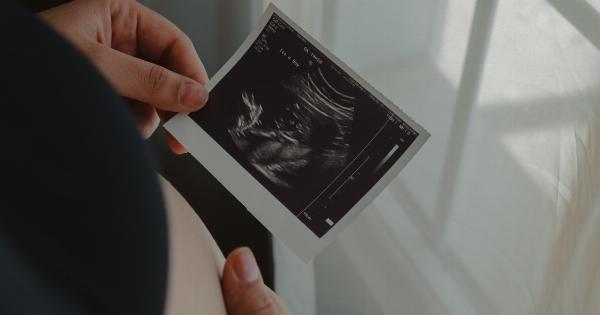Did you know that Hepatitis B is a viral infection that attacks the liver, often causing a chronic illness that can lead to liver cancer or cirrhosis? According to the World Health Organization, over 350 million people worldwide live with chronic Hepatitis B, and 1.4 million die from it each year.
However, with early detection, Hepatitis B can be managed effectively. Fortunately, there are quick and easy tests to check for it.
In this article, we will provide you with the necessary information about the disease and how you can identify it with a quick test.
What is Hepatitis B?
Hepatitis B is a viral infection that attacks the liver and can cause severe liver damage, liver cancer or cirrhosis if left untreated. This disease can be acute or chronic, with the latter being the most severe form.
The incubation period for Hepatitis B is about 60-90 days, where symptoms may or may not be experienced.
Symptoms of acute Hepatitis B can range from mild to severe, with some individuals experiencing no symptoms at all. The symptoms may include:.
- Loss of appetite
- Fever and fatigue
- Nausea and vomiting
- Abdominal discomfort or pain
- Dark urine and clay-coloured bowel movements
- Joint pain
- Yellowing of the skin and eyes (jaundice)
How is Hepatitis B Spread?
Hepatitis B is spread through blood and bodily fluids. The virus can be spread through:.
- Unprotected sex with an infected person
- Sharing needles or syringes
- Using contaminated razors, toothbrushes or other personal items that have been in contact with an infected person’s blood or bodily fluids
- Parents infected with Hepatitis B can pass the virus to their newborn
- Healthcare workers are at risk of exposure to Hepatitis B if they come in contact with infected blood or bodily fluids
The Importance of Early Detection
Early detection of Hepatitis B is essential for preventing serious liver damage, liver cancer and cirrhosis. The sooner it is detected, the sooner treatment can begin, and the higher the likelihood of a positive outcome.
With treatment, people with chronic Hepatitis B can live healthy, active lives.
The Quick and Easy Tests for Hepatitis B
There are two types of tests to detect Hepatitis B: the Hepatitis B surface antigen test (HBsAg) and the Hepatitis B core antibody test (HBcAb). Both tests are performed using a blood sample or a saliva sample.
Hepatitis B Surface Antigen Test (HBsAg)
The HBsAg test detects the presence of the Hepatitis B surface antigen in the blood or saliva. The surface antigen is the first sign of infection and is present before any symptoms appear.
A positive HBsAg test means that the person is currently infected with Hepatitis B.
Hepatitis B Core Antibody Test (HBcAb)
The HBcAb test detects the presence of the Hepatitis B core antibody in the blood or saliva.
This antibody is present in people who have been infected with Hepatitis B in the past, regardless of whether they have recovered from the infection or are currently infected.
If both tests are positive, the person is currently infected with Hepatitis B. If only the HBcAb test comes back positive, it means that the person has been infected with Hepatitis B in the past, but they may have since recovered.
Conclusion
Hepatitis B is a viral infection that can cause serious liver damage, liver cancer or cirrhosis. It is essential to get tested for Hepatitis B if you believe you have been exposed to the virus.
The good news is that there are quick and easy tests available to detect Hepatitis B, which can lead to early detection and treatment. Remember, early detection is key to preventing serious liver damage and complications.






























